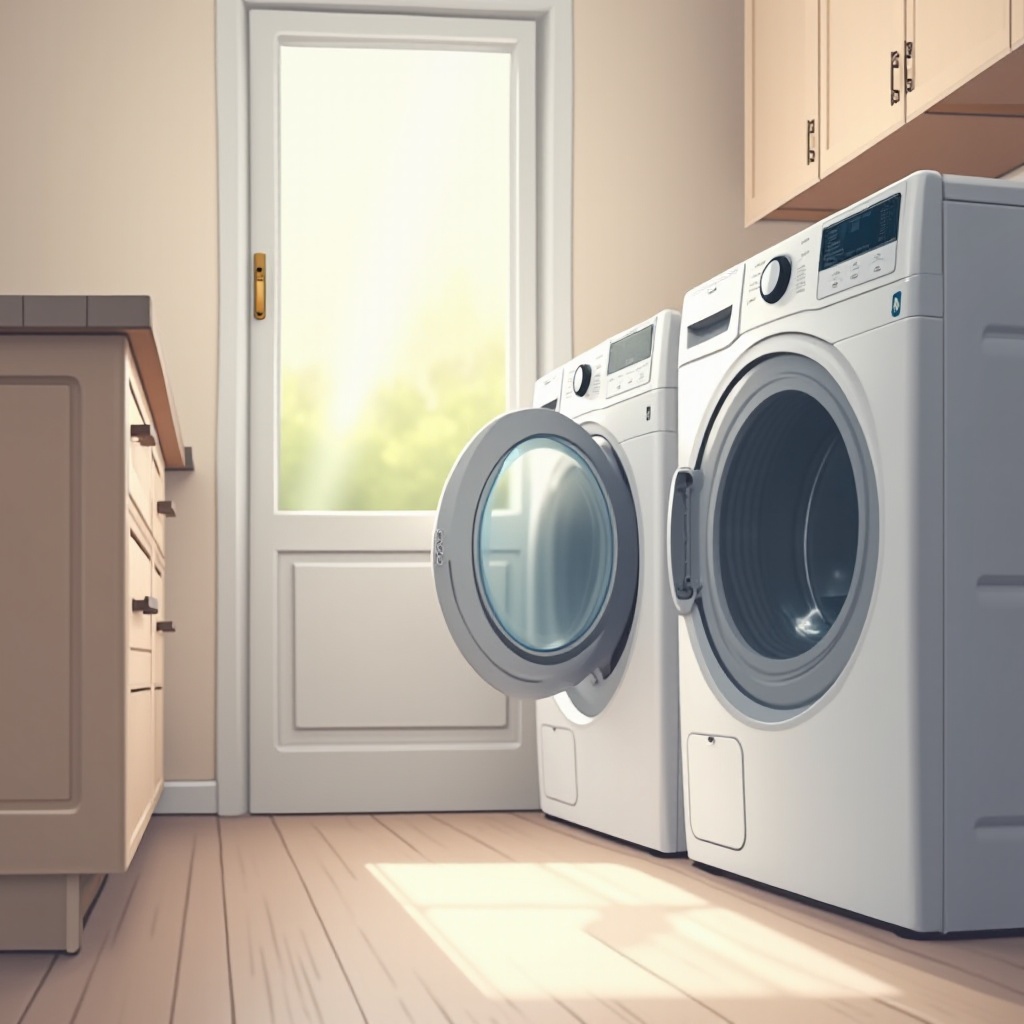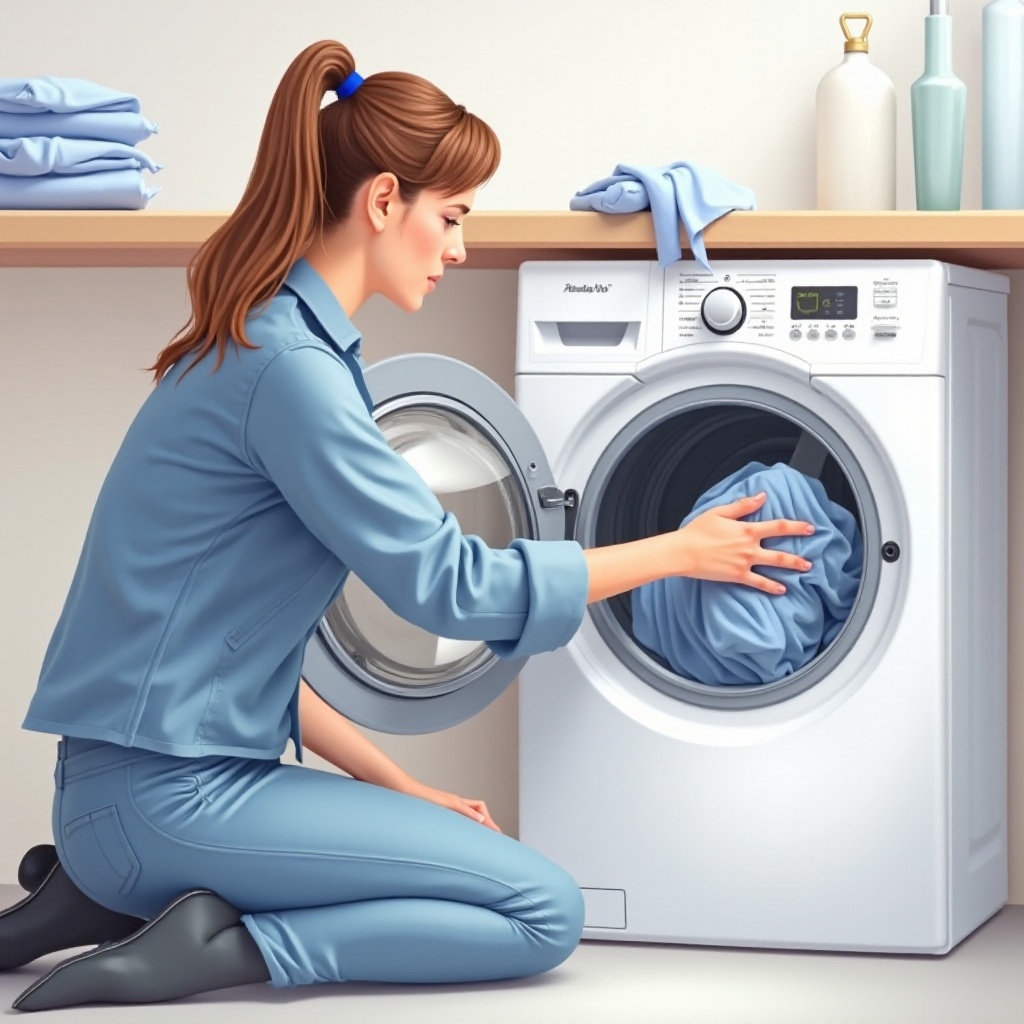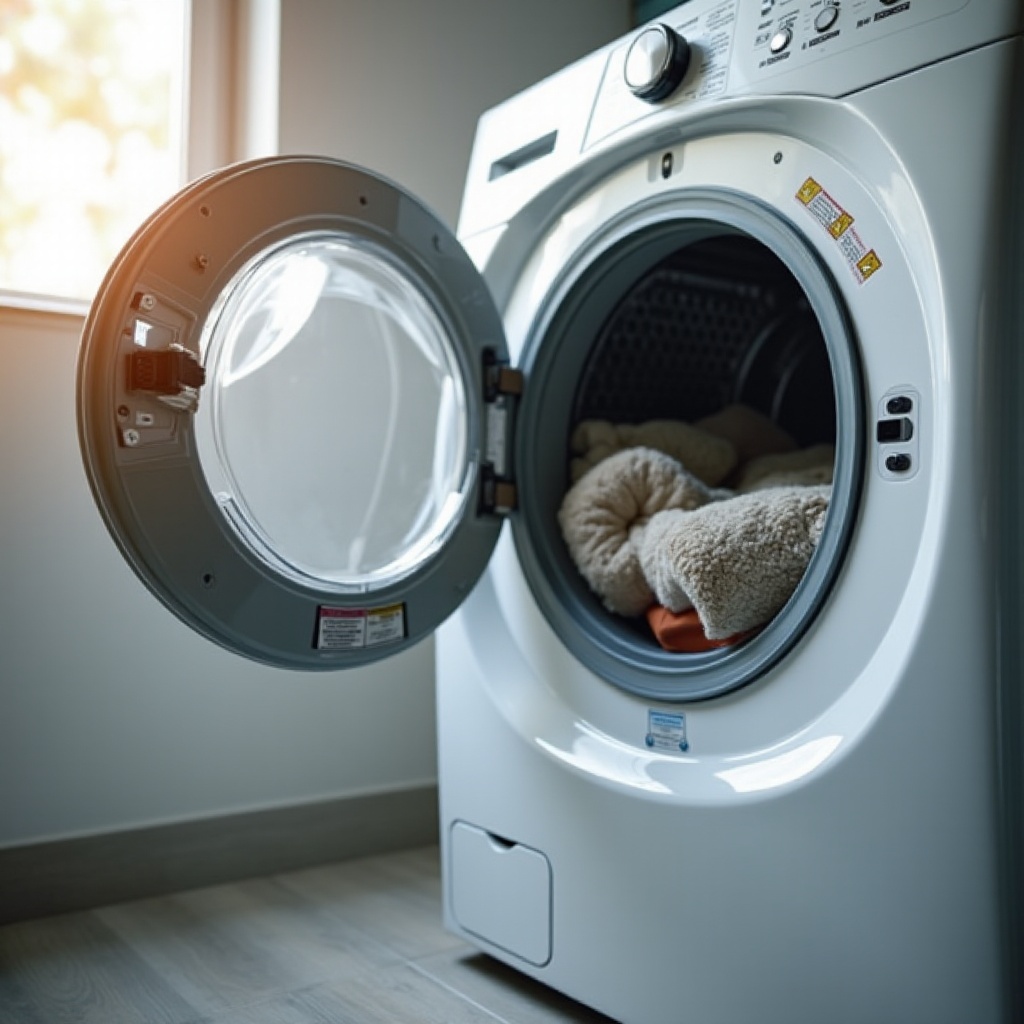Introduction
Experiencing a washer that refuses to spin or agitate can be frustrating, leading to delays in laundry tasks. Immediate attention to this issue can prevent further complications and expenses. This guide is designed to help you identify and resolve common problems related to washers not spinning or agitating efficiently.

Understanding Washer Mechanics
To effectively address the issue, understanding how your washing machine operates is essential. The spinning process involves the drum turning rapidly to remove excess water, while agitation involves moving the clothes within the drum to dislodge dirt and residue. Any malfunction in these functions can lead to inadequate washing and soggy clothes.
Common Causes of Spinning and Agitating Problems
A variety of components can cause your washer to stop spinning or agitating. These include malfunctioning power supply, defective lid switch, broken drive belt, issues with the motor or timer, and blockages caused by debris. Understanding these common issues can help focus your troubleshooting efforts effectively.
Step-by-Step Troubleshooting Guide
Here is a step-by-step guide to troubleshooting your washer:
- Checking the Power Source:
- Confirm the washer is correctly plugged into a functional outlet.
Check the circuit breaker to ensure it has not tripped.
Testing the Lid Switch:
- Open and close the washer lid to check for the distinctive clicking sound.
Use a multimeter to test the switch for electrical continuity to rule out faults.
Examining the Drive Belt:
- Disconnect the washer and remove the rear access panel.
Assess the drive belt for wear or separation; replace it if necessary.
Inspecting the Motor and Coupling:
- Visually inspect the motor for any signs of damage or burnt out components.
Ensure the coupling that connects the motor to the drum is not broken.
Cleaning and Removing Blockages:
- Clear any blockages in the drum, hoses, or pump ensuring smooth operation.
- Regularly clean to eliminate any buildup or lint in the machine.
Working through these steps methodically will help you resolve most spinning and agitating issues with your washer.

DIY Fixes for Agitation Issues
If agitation problems persist, try these DIY approaches:
Checking the Agitator Assembly: Inspect the agitator for looseness by attempting to move it side-to-side. Remove it to check for damage or worn components.
Examining the Transmission System: Listen for unusual noises when the washer is supposed to agitate, which could indicate transmission problems.
Handling Control or Timer Issues: Try resetting the washer by unplugging it and adjusting the timer to see if it cycles through properly. Consider replacing faulty timers.
Replacing or Repairing Parts: If any parts are found to be defective, replace them with compatible new components to restore functionality.
These DIY fixes can save time and money while restoring proper agitation to your washer.

Preventative Maintenance Tips
To maintain your washer's performance and avoid future issues:
- Run a cleaning cycle with appropriate cleaners monthly to prevent residue buildup.
- Inspect and clean the drum and detergent dispensers regularly.
- Annually inspect hoses and electrical connections to ensure they are in good working condition.
With regular maintenance and a little attention, you can enhance your washer's efficiency and longevity.
When to Seek Professional Help
While DIY fixes work for many issues, there are times professional intervention is necessary. If your troubleshooting reveals complex electrical or mechanical faults, or if you've tried all basic solutions without success, it might be time to consult an expert. Compare repair costs and the possibility of replacement for the most economical decision.
Conclusion
In conclusion, addressing a washer that doesn't spin or agitate involves understanding its mechanics and troubleshooting effectively. Regular checks and maintenance can prevent most problems. However, should these persist, professional help is recommended to protect your investment.
Frequently Asked Questions
What could be the reason my washer is not spinning but draining?
A faulty drive belt or a defective lid switch can prevent spinning while allowing drainage.
How much does it cost to repair a washer that doesn't spin or agitate?
Repair costs typically range from $100 to $400, depending on complexity and parts required.
Are there specific types or brands of washers more prone to these issues?
Top-load washers with mechanical agitators may experience these issues more often but can be mitigated with regular maintenance.
